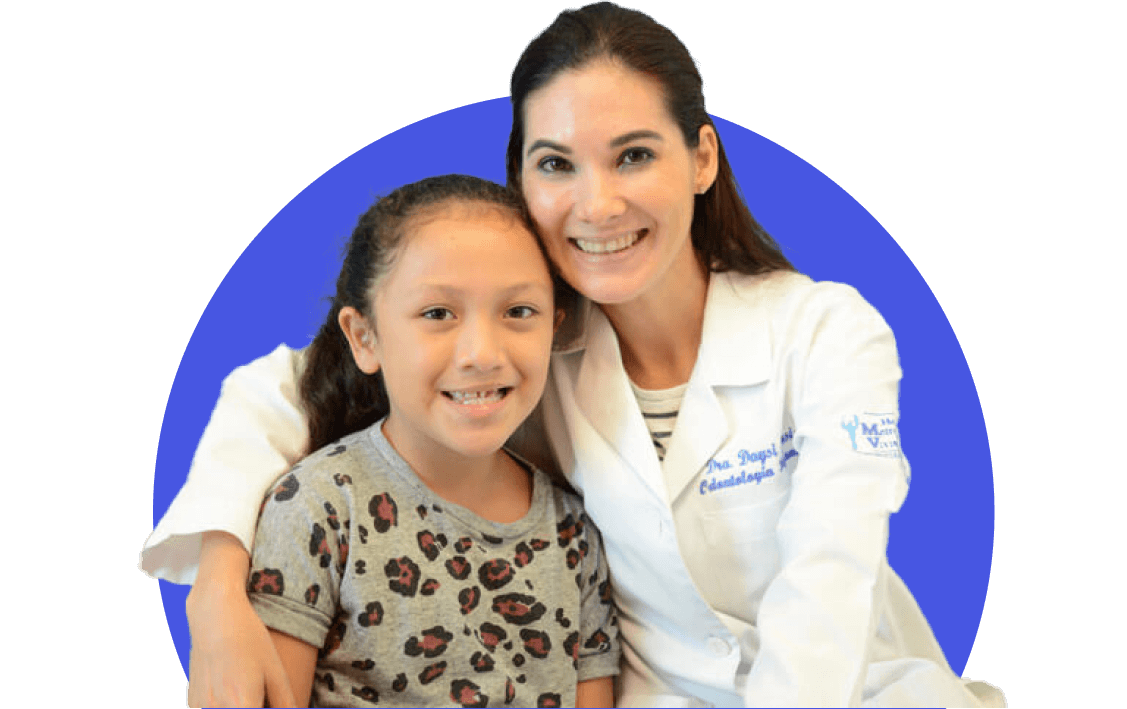- Cleft Home
- What is Cleft Lip and/or Palate?
- Prenatal Diagnosis
- Feeding Your Baby
- What is a Cleft Team?
- Surgery
- Hearing, Speech, and Dental Care
- Paying for Treatment
- Managing Feelings
- Craniofacial Conditions
- Toddlers and Preschoolers
- The School-Aged Years
- The Teenage Years
- Letter to a Teacher
- Information for Adults
- Support Organizations
- Learn More: Downloads
- Cleft Home
- What is Cleft Lip and/or Palate?
- Prenatal Diagnosis
- Feeding Your Baby
- What is a Cleft Team?
- Surgery
- Hearing, Speech, and Dental Care
- Paying for Treatment
- Managing Feelings
- Craniofacial Conditions
- Toddlers and Preschoolers
- The School-Aged Years
- The Teenage Years
- Letter to a Teacher
- Information for Adults
- Support Organizations
- Learn More: Downloads
In the United States, about 1 in 1,050 babies is born with cleft lip with or without cleft palate, and in the United States, about 1 in 1,600 babies is born with cleft palate alone.
What is a cleft lip? What is a cleft palate?
A cleft lip is an opening in the upper lip that is present at birth. A cleft lip can range in size from a small notch in the upper lip to a complete separation that extends from the upper lip to the bottom of the nose. A cleft can occur on one side of the lip, called unilateral, or on both sides, called bilateral. A cleft can also occur in the gums where the teeth will grow.
When a person is born with a cleft lip, it may appear that parts of the mouth are missing. In fact, a cleft lip occurs when the two sides of the face fail to join together very early in pregnancy.
A cleft palate is an opening in the roof of the mouth that is present at birth. A cleft palate can occur in the bony, front part of the palate, called the hard palate, in the fleshy, flexible, back part of the palate, called the soft palate, or in both parts.
A submucous cleft palate is an opening in the muscles of the soft palate beneath a thin layer of tissue. In some cases, a submucous cleft palate is hard to identify, even by experienced doctors. The cleft may be hidden behind a mucous membrane.
A person can be born with cleft lip, a cleft palate, or both. Cleft lip and cleft palate do not cause pain or bleeding.
What causes cleft lip and/or palate?
Research shows that a majority of clefts are caused by genetic or environmental factors, meaning that cleft lip and/or palate can be passed down in biological families (genetic) or occur as a result of something that happens during a pregnancy (environmental). But there are many cases of cleft lip and/or palate for which the cause is unknown.
An expert in genetics can help you learn as much as possible about the cause or causes of CLP in your case.
What can be done to help my baby?
A baby born with cleft lip and/or palate should be seen by a team of specialists. A surgeon on the team will usually recommend closing a cleft lip through surgery during the first few months of life. Closure of a cleft palate, also performed through surgery, usually takes place several months later. A baby born with a cleft palate may also undergo additional planned operations and forms of treatment during childhood and sometimes into adulthood.



